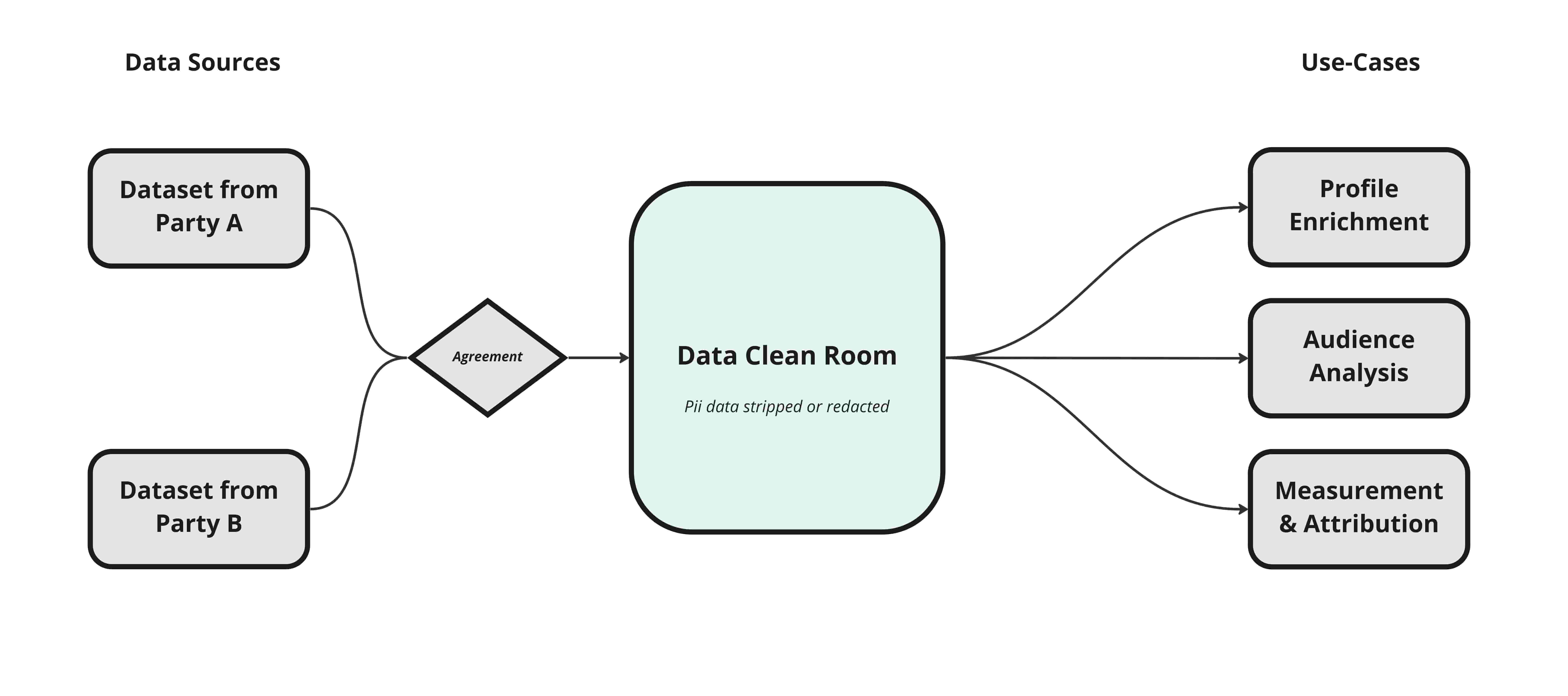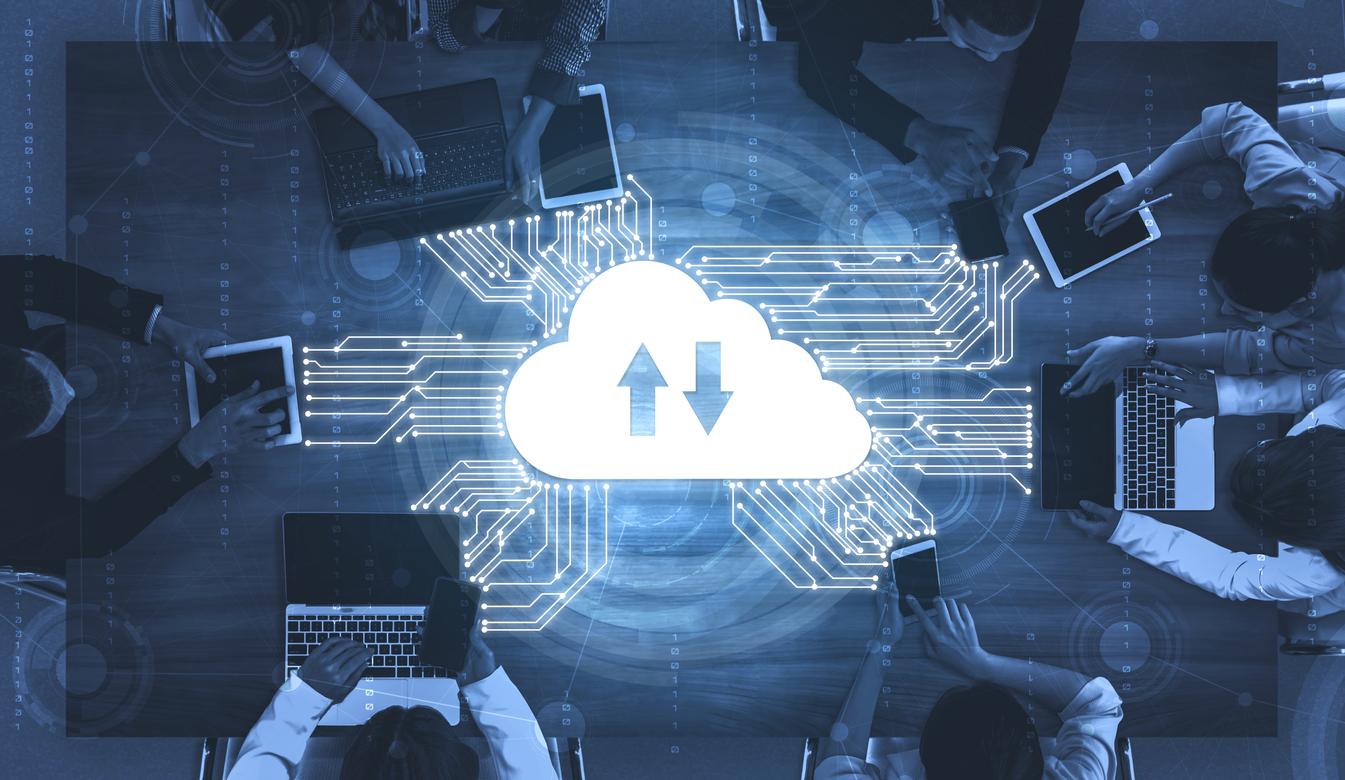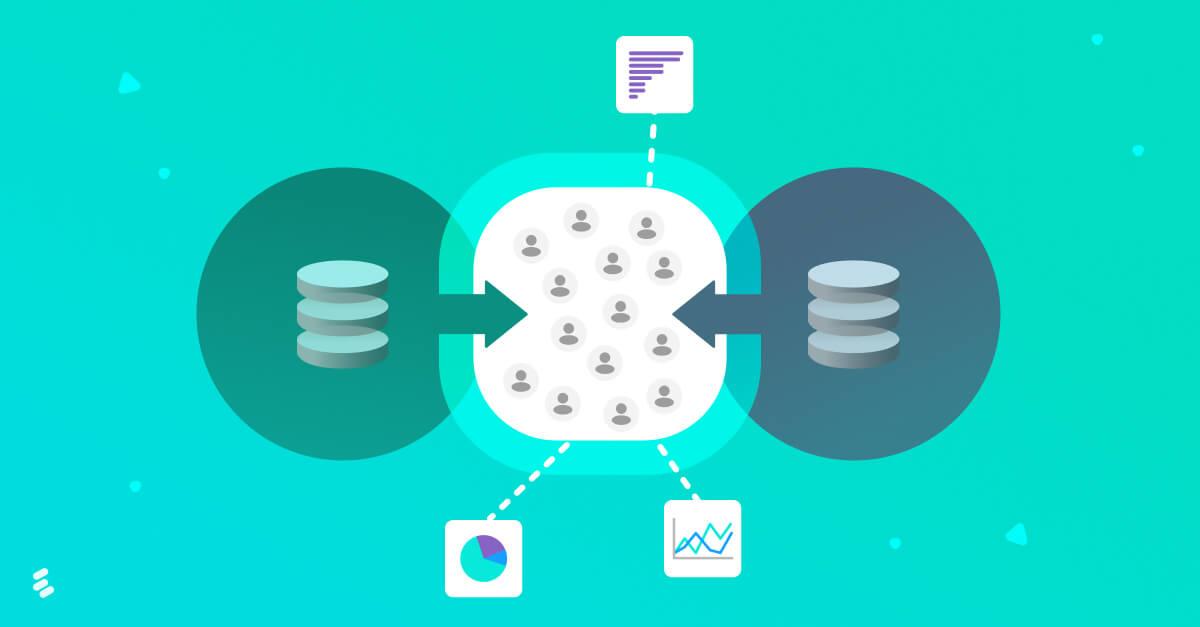



In an era where digital privacy concerns are reshaping the landscape of online marketing, the term “data clean room” has emerged as a beacon of hope for brands seeking to navigate this new terrain. As cookies – once the backbone of targeted advertising – fade into obsolescence, businesses are challenged to find innovative ways to harness data while respecting user privacy. Data clean rooms offer a solution, providing a secure habitat where organizations can collaborate and analyze shared data without compromising individual privacy. But what exactly is a data clean room, and why does it hold such significance in our cookieless world? In this article, we will explore the intricacies of data clean rooms, their critical role in maintaining the delicate balance between personalization and privacy, and how they can empower companies to thrive in a transformed digital ecosystem.
Data clean rooms serve as secure environments where organizations can share and analyze sensitive information without compromising privacy. These virtual spaces allow for the aggregation of data from different sources while ensuring that personally identifiable information (PII) remains protected.With the rise of privacy regulations and the impending cookieless landscape, data clean rooms enable marketers and data analysts to collaborate effectively while adhering to compliance standards. In this setup, data remains anonymized, and organizations can derive insights without exposing raw data, fostering trust between parties.
Key functionalities of data clean rooms include:
| Aspect | Benefit |
|---|---|
| Data Security | Protects sensitive information |
| Compliance | Meets regulatory requirements |
| Collaboration | Enhances partnerships through shared insights |
| Precision Targeting | Improves advertising effectiveness |

As businesses navigate the intricate web of privacy regulations surrounding data sharing, understanding the compliance landscape becomes paramount. with laws like GDPR and CCPA reshaping the way organizations handle personal data, it’s essential to adopt robust strategies that prioritize privacy.Key considerations include:
The emergence of data clean rooms offers a promising solution as organizations seek to balance data utilization with compliance. These environments facilitate data collaboration while maintaining strict privacy controls, allowing companies to glean insights without compromising on regulations. A comparison of traditional data sharing methods and clean room practices highlights several advantages:
| Aspect | traditional Data Sharing | Data Clean Rooms |
|---|---|---|
| Privacy | High risk of data exposure | Enhanced privacy controls |
| Compliance | Challenging to maintain | Streamlined processes |
| Data Ownership | Exchanged between parties | Retained by originators |

In a world where traditional tracking methods are being phased out, organizations need to innovate and adapt their marketing strategies to maintain competitive advantages. One of the most promising solutions to this challenge is the implementation of data clean rooms. These secure environments allow advertisers and brands to collaborate on data analytics without compromising user privacy. By utilizing clean rooms, marketers can access valuable insights drawn from aggregated data while respecting the boundaries set by regulations and user consent preferences. This newfound collaboration can result in more effective targeting and personalization of marketing efforts, leading to improved engagement and customer satisfaction.
The effectiveness of data clean rooms can be enhanced by integrating various techniques and approaches. Consider the following strategies to unlock maximum insights:
| Benefit | Description |
|---|---|
| Enhanced Insight | Provides a comprehensive view of customer behavior without compromising privacy. |
| Improved Targeting | Enables more accurate identification of high-value customers. |
| Regulatory Compliance | Aligns with data protection laws, minimizing legal risks. |

To ensure the accomplished implementation of data clean rooms, businesses should adopt several best practices. First, it’s crucial to establish a clear purpose and objectives for the clean room, ensuring all stakeholders understand the value and goals it serves. Data governance is essential; set strict protocols on data access, usage, and sharing to maintain compliance and security. Creating a user-amiable interface can facilitate better engagement and adoption among team members, allowing them to derive insights swiftly. Additionally, regular training sessions can keep the team updated on new features and enhance their data literacy.
Another vital aspect involves choosing the right technology partners. Collaborate with vendors that specialize in secure, scalable solutions tailored to the specific needs of a clean room. Engage in ongoing performance monitoring, which helps in promptly addressing issues and optimizing processes. Implementing feedback loops will also allow continuous enhancement; encourage users to share their experiences and suggestions. To summarize these points, consider the following table illustrating key practices and their benefits:
| Practice | Benefit |
|---|---|
| Clear Purpose Defined | Aligns team efforts towards common goals |
| Data Governance Strategy | Enhances security and compliance |
| User-Friendly Interface | improves user engagement and insight extraction |
| Regular Training | Boosts data literacy and team confidence |
| Technology Partner Selection | Ensures scalability and security |
| Performance Monitoring | Facilitates timely improvements |
In a world increasingly governed by stringent data privacy regulations and the phasing out of traditional tracking methods, data clean rooms emerge as a beacon of innovation and collaboration. By allowing companies to share and analyze information in a secure environment, these specialized platforms not only uphold user privacy but also drive meaningful insights that can inform strategic decisions.As we navigate this cookieless era, understanding the principles and benefits of data clean rooms will become essential for marketers, analysts, and businesses striving to thrive in an evolving digital landscape. The future of data-driven insights hinges on our ability to harness collective intelligence while respecting privacy—a balance that data clean rooms are poised to redefine. Embracing this new paradigm may very well be the key to unlocking the next chapter in targeted marketing and consumer engagement in a responsible and effective manner.